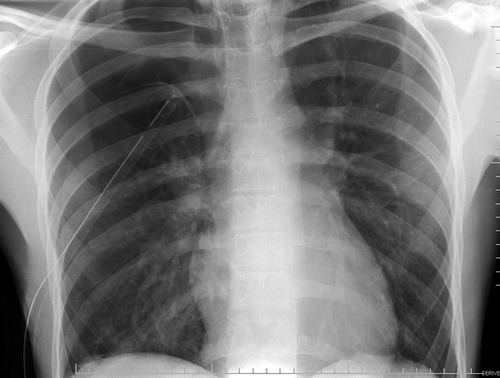Since its inception, the trauma verification program for the American College of Surgeons has focused on standardizing the resources required by a hospital in order for it to become a trauma center. The book that contains the requirements for all levels of trauma center is even titled the “Optimal Resource Document.”
But is achievement of optimal resources enough? Numerous studies have shown that by adhering to these requirements and becoming a trauma center, trauma patient outcomes are improved and mortality is decreased. However, there is still considerable outcome variability across the same level of trauma centers to suggest that it might not be.
Trauma centers accomplish two things: providing a mostly standard set of at-the-ready resources, and providing care using these resources via a set of processes. Some of these processes have been codified by various organizations as practice guidelines. Are variations in the way these processes are implemented the reason for the observed variability in outcomes across trauma centers of the same level?
A paper by Shahid Shafi looked at compliance with standard trauma processes of care (T-POC) and the impact on outcome (mortality) in a single Level I trauma center in the US during a 3 year period. A total of 994 patients were studied. The authors focused on 25 process of care algorithms in 4 specific groups of common injury problems, including TBI, shock, pelvic fracture, and long bone extremity fracture.
The following interesting findings were noted:
- 77% of the patients were eligible for at least one or more T-POC
- Compliance with specific T-POCs varied from 10% to 99%
- The best compliance rates (>90%) were achieved in only 3 T-POCs (blood transfusion for hypotension, intubation for low GCS, and laparotomy for GSW to the abdomen)
- As judged by whether application of the various T-POCs actually occurred, half of the patients received only 60% of the care they needed
- Increasing compliance with T-POCs by 10% decreased risk-adjusted mortality by 14%
Bottom line: Adoption of and adherence to standard process of care algorithms for various common clinical problems is the next step in the evolution of trauma care. Yes, a standard set of at-the-ready resources will still be required. But the verification and designation process for trauma centers will need to evolve to place more emphasis on not just having a collection of evidence based T-POCs, but on how uniformly and consistently they are properly applied.
Reference: Moving from “optimal resources” to “optimal care” at trauma centers. J Trauma 72(4):870-877, 2012.



